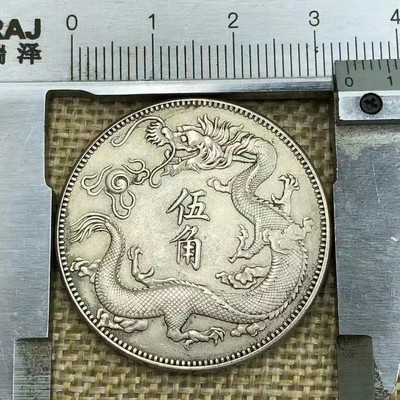
To address the increased demand for coins, however, privately minted Japanese coins (shichusen) were also circulated, but the quality of these coins differed by type. The Japanese government suspended the issuance of coins until the 16th century, leaving the people with only the Chinese coins (toraisen) to use. These coins were widely circulated among Japanese people, and promoted the commodity economy. Medieval Times Middle of the 12th century - First half of the 16th centuryĪ large quantity of Chinese copper coins began to flow into Japan in the middle of the 12th century. Government offices in the capital issued payment orders to rice warehouses under their jurisdiction, and these documents played the role of present-day checks. These products gained commodity money status, as they became stable criteria to evaluate the monetary value of various goods.īecause carrying around rice, silk and (hemp) clothes as currency was inconvenient, a credit economy emerged to save handling and transportation costs. From 9th century, its copper production began to decrease, while the production of lead increased.įrom the 11th century to the middle of the 12th century Use of commodity moneyĪfter the mintage of copper coins in the mid 10th century, coin circulation was suspended, and rice, silk and (hemp) clothes, which all maintained stable value, began to be used as a substitute for the coins. The Naganobori copper mine (presently located in Yamaguchi Prefecture), is believed to be one of the largest copper production sites of ancient Japan. The government suspended minting copper coins in the mid 10th century the last coin was called the Kengen Taiho minted in 958. This resulted in a rapid decrease in the value of the copper coins, and people subsequently lost faith in the value of the coins. The coins became smaller in size and lower in quality (lead content increased due to a shortage of copper) over time and the exchange rate was set at one new coin for 10 old coins. The ritsuryo code-based government minted 12 kinds of copper coins, including the Wado Kaichin.


Face value of the coins was higher than the actual value of the metal they were composed of therefore the government could earn seigniorage from the mintage.įrom the 8th to 10th centuries Decline in the usage of coins The government used the coins to cover the costs of building the Heijo imperial palace. The government strived to expand the use of the coins through various measures such as rewarding those who had saved a large number of coins with a court rank. The mintage was regarded as an essential tool for the Japanese government to display the independence and the authority of the nation, both inside and outside the country. The ritsuryo code-based government, while actively assimilating social systems and culture from China, minted the Wado Kaichin coin in 708, which was modeled after the Kai Yuan Tong Bao coin of the Tang Dynasty. The silver coins mentioned in the above rescript are thought to be the Mumon Gin-sen coins, which were unearthed at 15 or more sites in Japan (located primarily in the Kinki area).īeginning of the 8th century Issuance of Wado Kaichin The Fuhon-sen coin is thought to be the coin referred to in the following rescript mentioned in the Nihon Shoki (written in 683): “From now on, use the copper coins instead of the silver coins.” From the ruins, Fuhon-sen coins were unearthed together with the molds, pots and other instruments used to mint them.

Latter half of the 7th century Coins used before the mintage of Wado KaichinĪn archaeological survey conducted at the Asukaike Ruins in 1998 revealed that coins known as Fuhon-sen had been minted in the latter half of the seventh century. However, Japan subsequently suspended the mintage and circulation of coins. Three types of copper coins were minted in the Nara period (eighth century), including the Wado Kaichin coin, and nine types in the Heian period (from the end of the eighth century). During this process, coins modeled after Chinese ones were issued. Ancient Times Latter half of the 7th century- Middle of the 12th centuryįrom the end of the seventh century to the eighth century, Japan introduced various social systems from China (Tang Dynasty) in order to build a centralized government based on the “ritsuryo” code.


 0 kommentar(er)
0 kommentar(er)
